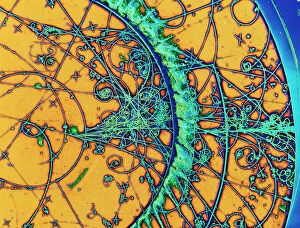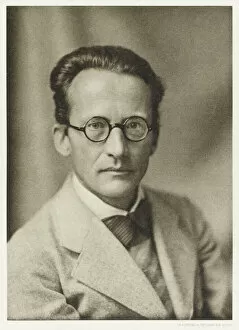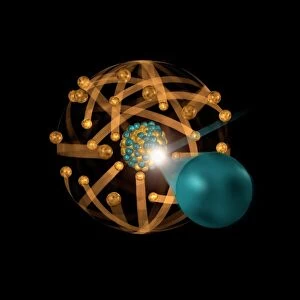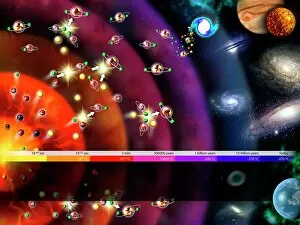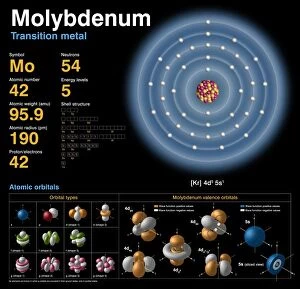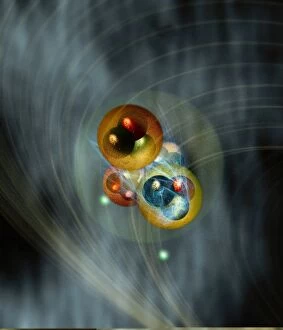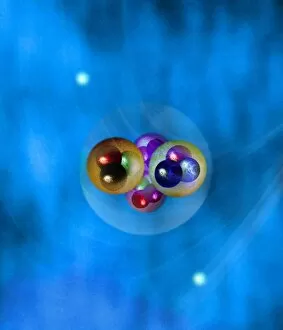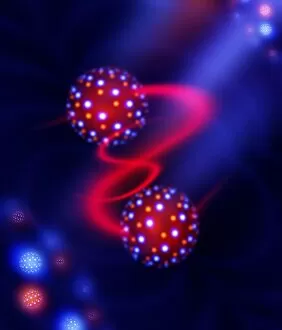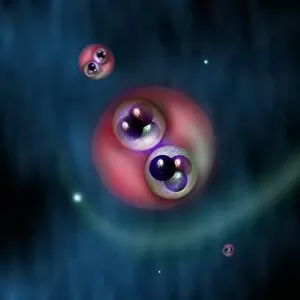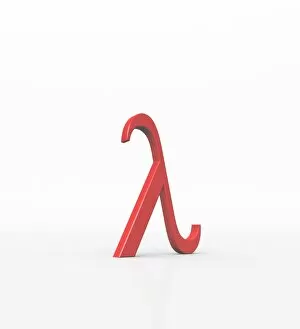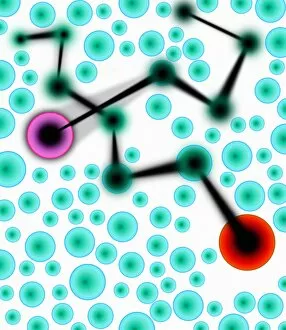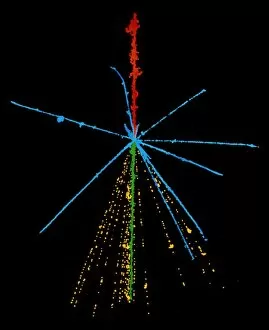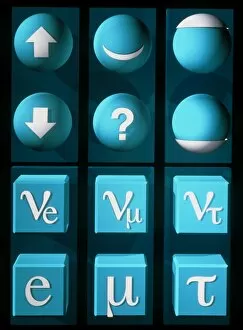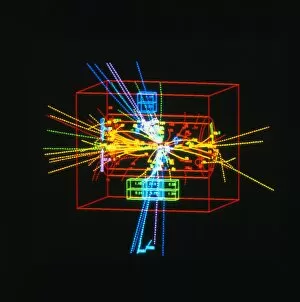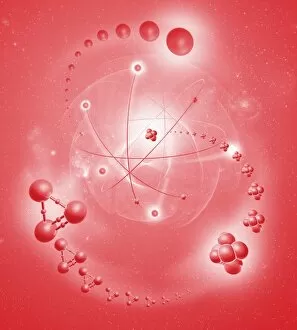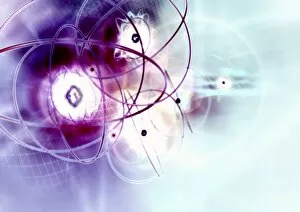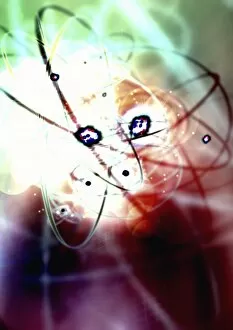Sub Atomic Collection
"Exploring the Subatomic Realm: Unveiling the Secrets of Particle Tracks and Quantum Mechanics" Dive into the fascinating world of subatomic particles
For sale as Licensed Images
Choose your image, Select your licence and Download the media
"Exploring the Subatomic Realm: Unveiling the Secrets of Particle Tracks and Quantum Mechanics" Dive into the fascinating world of subatomic particles, where mysteries unfold and scientific breakthroughs abound. Erwin Schrodinger's wave equation revolutionized our understanding of quantum mechanics, shedding light on the elusive nature of these tiny building blocks. Witness the mesmerizing beauty captured in Nuclear Fission Artwork, depicting the immense power harnessed within atomic nuclei. Embark on a visual journey through time with "Evolution of the Universe, " an artwork that illustrates cosmic evolution from its humble beginnings to its grandeur today. Marvel at Epsilon (Ε), an upper case Greek letter symbolizing energy levels in atoms, while Zeta (ζ), a lower case Greek letter, represents particle interactions. Delve into history as we explore nuclear testing; a pivotal era when humanity sought to comprehend atomic forces and their potential applications. Rutherfordium's atomic structure unveils intricate arrangements within this synthetic element, offering insights into fundamental principles governing matter. Discover how scientists unravel subatomic secrets by studying particle tracks left behind in high-energy experiments. These trails provide invaluable clues about unseen phenomena that shape our universe. In this captivating realm beyond ordinary perception lies a tapestry woven with knowledge and wonder—a testament to human curiosity and ingenuity. Let us embark together on this extraordinary voyage into the infinitesimal depths of existence.

